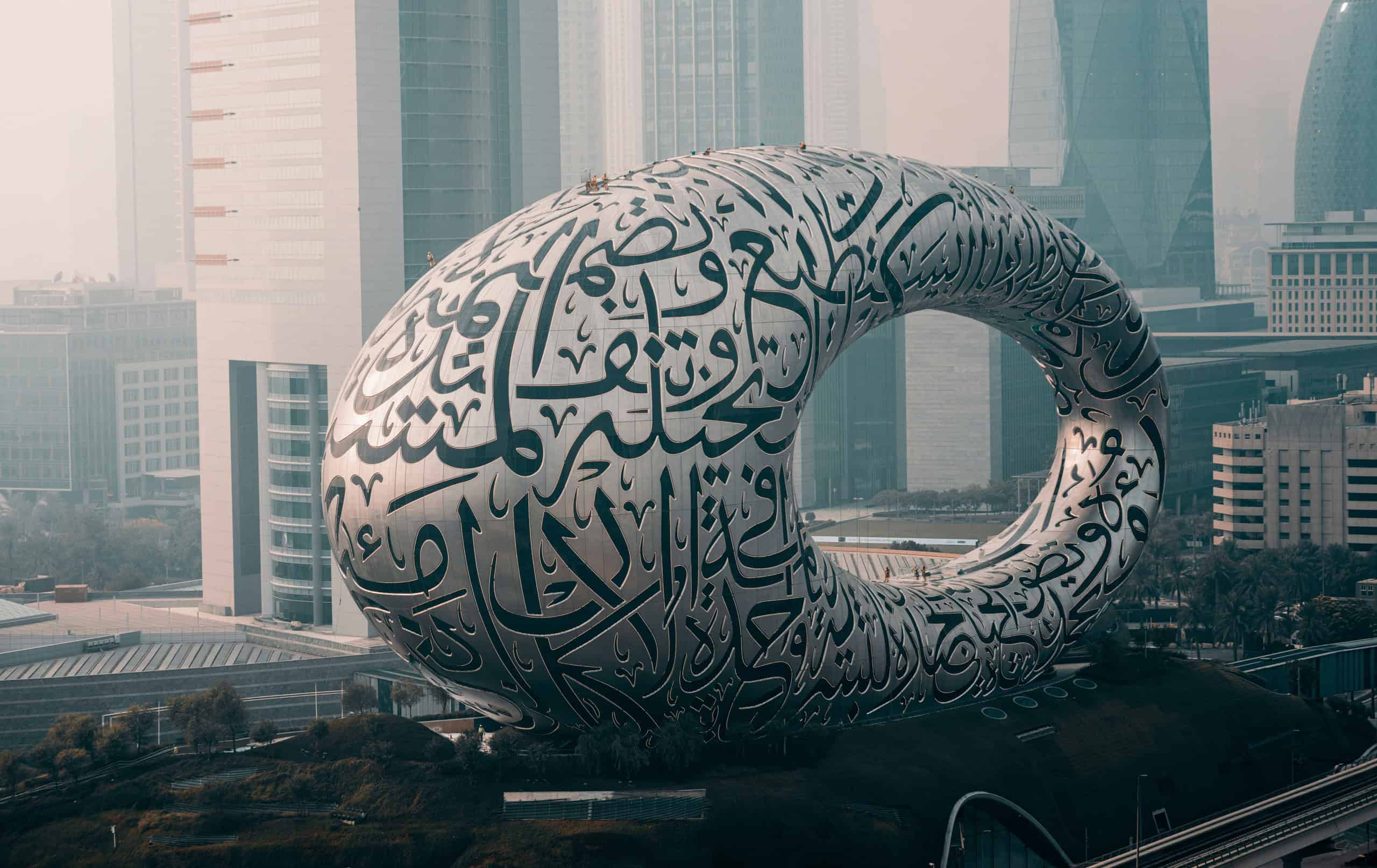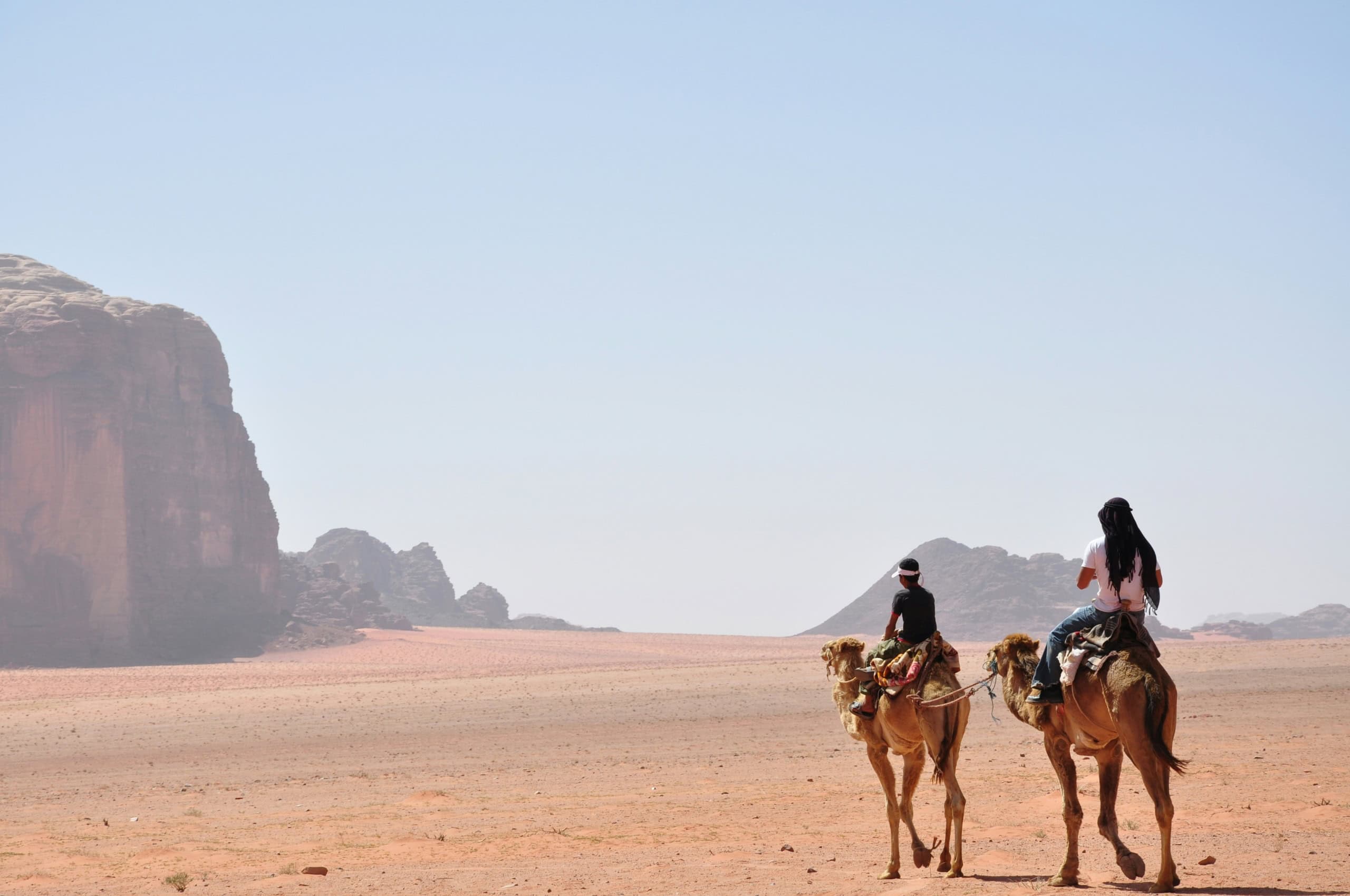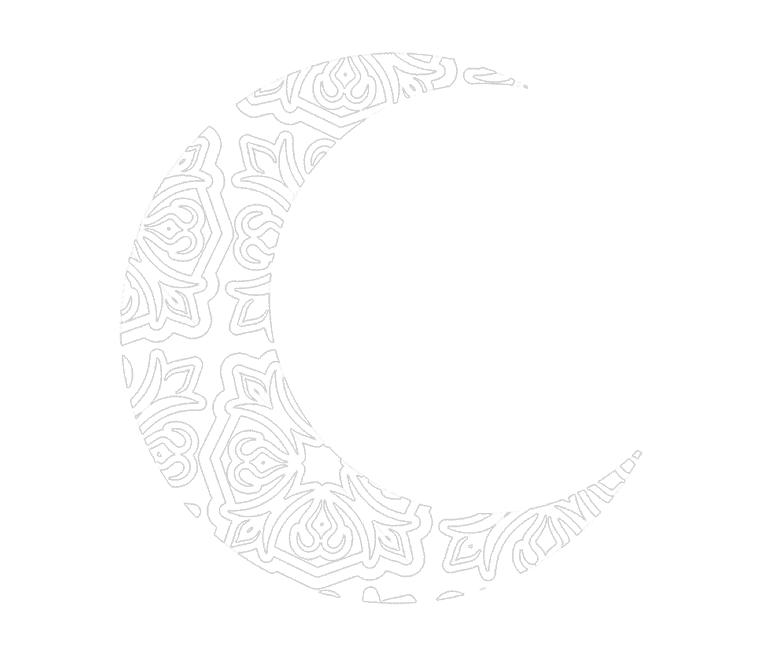How Arab Culture Has Influenced Global Art and Literature
How Arab Culture Has Influenced Global Art and Literature
1. Introduction
Arab culture has profoundly shaped the evolution of global art, architecture, and literature, leaving a lasting impact from Andalusian Spain to modern design studios and contemporary world fiction.
Through centuries of exchange—across trade routes, translation movements, and artistic collaborations—the Arabic language, aesthetics, and imagination have inspired artistic and literary traditions around the world.
2. Visual Arts and Architecture
a. Arabesque and Geometric Design
One of the most recognizable contributions of Arab culture to global art is the arabesque—a form of intricate decoration featuring repeating geometric and vegetal patterns.
Rooted in Islamic artistic philosophy, it symbolizes infinity, unity, and divine order, avoiding figurative representation in favor of abstraction.
Arabesque design developed from earlier Byzantine and Persian motifs, yet evolved into its own distinct, mathematically precise form that came to define Islamic aesthetics worldwide.
These motifs are seen in:
-
The Alhambra (Spain), a masterpiece of Nasrid architecture.
-
The Taj Mahal (India), whose geometric balance echoes Arab and Persian principles.
-
Modern design and media, including film sets, digital art, and interior design inspired by Moorish patterns (e.g., Game of Thrones’ Dorne).
b. Calligraphy and Symbolism
Arabic calligraphy, derived from the sacred script of the Qur’an, became an art form symbolizing beauty, spirituality, and intellect.
It appears not only in mosques and manuscripts but also in African, Ottoman, and European decorative art, influencing medieval manuscript illumination and even modern graphic design.
c. Cross-Cultural Visual Exchanges
Centuries of trade and migration led to deep artistic fusion between Arab and African traditions:
-
Along the Swahili coast, Arabic calligraphy merged with local patterns and colors.
-
In Timbuktu, manuscript art reflected Arab aesthetics in its design and typography.
Contemporary artists—like Wael Shawky and Shirin Neshat—extend this dialogue globally, merging myth, modernity, and Arab heritage in film, performance, and installation.
3. Literary Traditions and Storytelling
a. The Legacy of “One Thousand and One Nights”
Perhaps the most famous Arabic literary contribution is One Thousand and One Nights (Alf Layla wa-Layla)—a vast anthology of interconnected tales like Aladdin, Sinbad, and Ali Baba.
Its frame-story structure and allegorical storytelling techniques have inspired:
-
Geoffrey Chaucer’s Canterbury Tales
-
Giovanni Boccaccio’s Decameron
-
Dante’s Divine Comedy
-
Modern cinema, fantasy, and even storytelling formats in gaming.
b. Poetic Innovation and Influence
Arabic poetry has long shaped global literary form and rhythm. During the Abbasid and Andalusian eras, poets like Abu Nuwas and Al-Mutanabbi perfected forms such as the qasida, zajal, and muwashshah, which influenced:
-
Spanish troubadour and courtly love poetry
-
Hebrew and Persian poetic meters
-
Early Renaissance lyric traditions in Europe
The maqāma genre—a blend of rhymed prose and narrative wit—anticipated modern short-story techniques and inspired medieval Hebrew and Persian storytelling.
c. The Translation Movement and Renaissance Impact
During the Islamic Golden Age (8th–13th centuries), Arab scholars translated and preserved Greek, Persian, and Indian texts in centers like Baghdad’s House of Wisdom.
These works, later rendered into Latin, directly fueled the European Renaissance, reviving lost knowledge in medicine, philosophy, and mathematics.
d. Modern Revival – The Nahda
The Nahda (Arab Awakening) of the 19th–20th centuries ushered in literary modernization and cultural reform across the Arab world.
Through new printing presses, journalism, and translation, writers like Taha Hussein and Khalil Gibran reshaped global Arabic prose and poetry—bridging East and West.
Today, modern Arabic novels—such as The Yacoubian Building (Alaa Al Aswany), Gate of the Sun (Elias Khoury), and Girls of Riyadh (Rajaa Alsanea)—are celebrated worldwide for their cultural insight and narrative innovation.
4. Summary Table
| Domain | Key Influences |
|---|---|
| Visual Art & Design | Arabesque motifs, geometric symmetry, calligraphy, architecture (Alhambra, Taj Mahal), influence on fantasy and media aesthetics |
| Literature & Poetry | One Thousand and One Nights, maqāma, poetic forms (zajal, muwashshah), European troubadour and Renaissance inspiration |
| Modern & Contemporary Impact | Nahda literary reform, global translation of Arabic novels, cross-cultural art fusions by contemporary Arab creators |
5. Conclusion
Arab cultural creativity has profoundly shaped global art and literature, merging spirituality, mathematics, and imagination.
From calligraphic grace and architectural harmony to narrative depth and poetic rhythm, the Arab world’s influence continues to bridge civilizations and eras, reminding us that creativity transcends borders and languages.
6. References & Sources
-
Architectural Digest – Islamic Architecture: Spiritual and Symbolic Design
-
Arab America – Arab Aesthetics: The Enduring Influence on Global Arts and Culture
-
Giovanni Filocamo – The Influence of Middle Eastern Culture on Contemporary Art Trends
-
TingaTinga Art – The Role of the Arab World in African Paintings
-
Arab Book Caravan – How Arabic Literature Shapes and Inspires Global Writing
-
WeChronicle – Influence of Medieval Arab and Persian Fiction on European Literature
-
Nuhaira – Arabic Poetry: History, Characteristics, and Influence
-
Free Source Library – Arab Writers: Literary Legacy and Impact
-
The New Yorker – Found in Translation: Arabic Literature in the Global Canon
-
ArchitectureCourses – Influence of Arab Culture on Western Architecture







